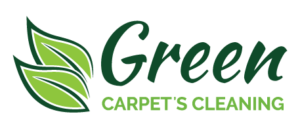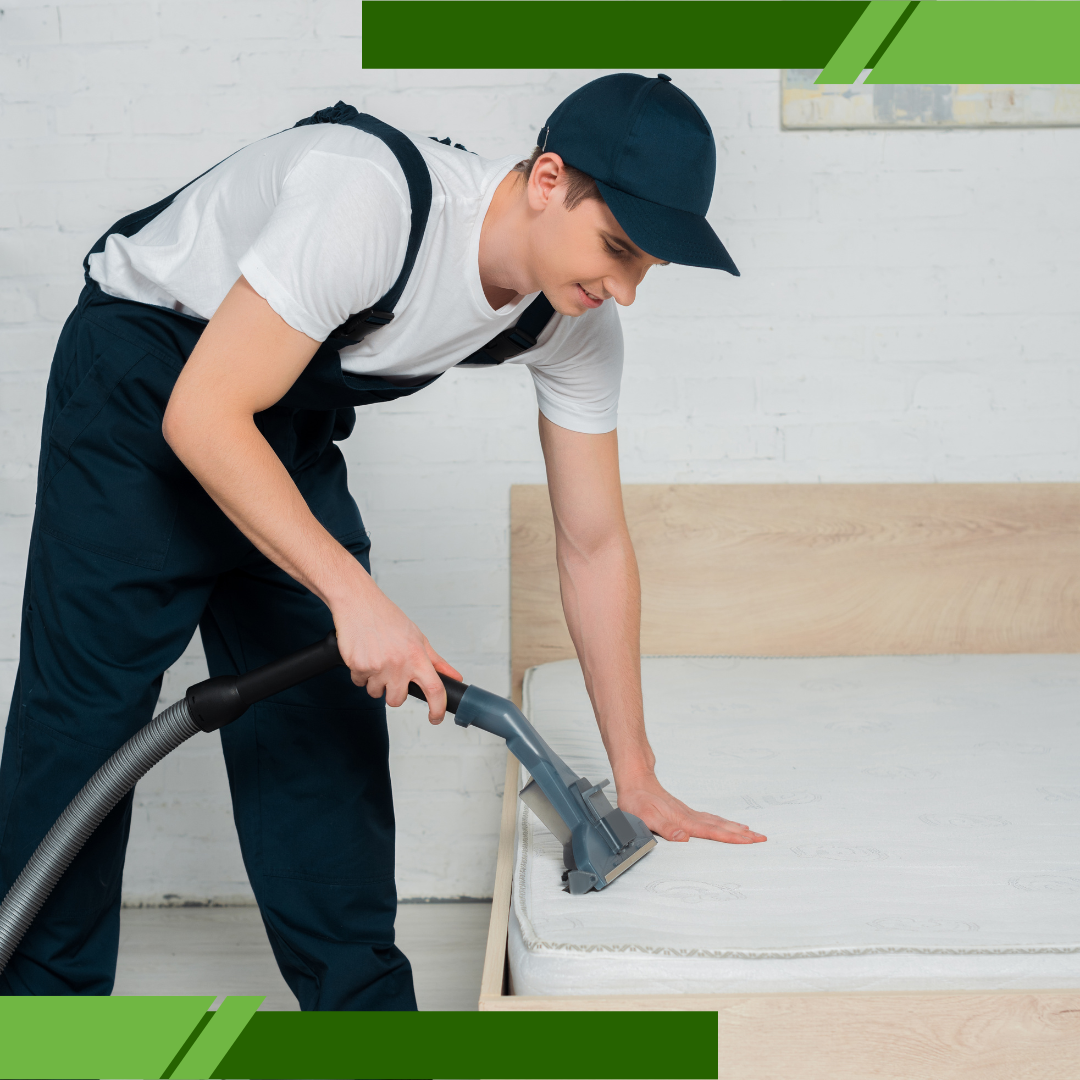Get in touch
Fill this up to proceed

We are committed to providing a world-class carpet, rug, upholstery, drapery or mattress cleaning services that will open your door to a happier and healthier green indoor environment.
A good night’s sleep starts with a clean mattress—but most of us forget how important that really is. Mattresses absorb sweat, dead skin, dust mites, allergens, and bacteria over time, and surface-level cleaning just doesn’t cut it. Whether you’re dealing with stains, odors, or allergy triggers, knowing the right mattress cleaning techniques can make all the difference.
In this guide, we’ll walk you through why mattress cleaning matters, explore professional and DIY methods, and share expert tips for keeping your mattress fresh, safe, and long-lasting. If you’ve ever Googled “how to clean a mattress” or “best way to remove mattress stains,” you’re in the right place.
Let’s face it—our mattresses go through a lot. Night after night, they’re exposed to body oils, sweat, skin cells, pet dander, and the occasional snack spill. Over time, these elements create the perfect breeding ground for bacteria, dust mites, and allergens. Ignoring proper mattress cleaning techniques doesn’t just lead to unpleasant smells or visible stains.
It can affect your health by worsening allergies, irritating skin, or even compromising sleep quality. Worse, deep-seated moisture can cause mold to grow inside your mattress—a problem that’s hard to fix and easy to avoid with the right care. Routine mattress cleaning not only removes grime but also helps extend the life of your mattress, saving you money in the long run.

You don’t always need professional equipment to get great results. With a few household supplies and a little time, you can apply simple but effective mattress cleaning techniques at home.
1. Vacuuming
Use a vacuum cleaner with an upholstery attachment to remove surface dust, dead skin, pet hair, and dust mites. Vacuum in slow, overlapping strokes for full coverage.
2. Spot Cleaning Stains
For urine, blood, or sweat stains, use a mild enzyme-based cleaner or a homemade mix of dish soap, water, and hydrogen peroxide. Dab (don’t scrub) with a clean cloth until the stain lifts.
3. Baking Soda Deodorizing
Sprinkle a generous amount of baking soda over the entire mattress surface and let it sit for several hours. This helps neutralize odors. Vacuum thoroughly afterward.
4. Sunlight and Fresh Air
If possible, place your mattress near a sunny window or outside for a few hours. Sunlight acts as a natural disinfectant and helps evaporate trapped moisture.
These mattress cleaning techniques are budget-friendly and great for regular maintenance, but deep buildup or heavy stains may still require professional intervention.

If your mattress needs more than surface cleaning, professional services offer advanced mattress cleaning techniques designed for deeper sanitation and longer-lasting results.
1. Hot Water Extraction
Often confused with steam cleaning, hot water extraction injects hot water and cleaning solution deep into the mattress. It then extracts the solution along with dirt, bacteria, and allergens. This method is highly effective for deep cleaning and stain removal.
2. Dry Steam Cleaning
Using high-temperature vapor without soaking the mattress, dry steam kills germs and breaks down tough stains without adding excess moisture.
3. UV Light Sanitization
Ultraviolet light is used to kill bacteria, viruses, mold spores, and dust mites without chemicals. It’s ideal for allergy sufferers or households with children and pets.
4. Low-Moisture Dry Cleaning
This method uses minimal water and is great for faster drying times. Special solvents or encapsulation techniques target embedded dirt and grime without over-wetting the mattress.
Professional services often combine these mattress cleaning techniques for a customized approach, depending on the condition and material of your mattress.
Knowing the best mattress cleaning techniques is only half the equation—you also need to know when to use them.
If you have allergies, pets, or small children, it’s a good idea to deep clean more frequently. And always use a high-quality mattress protector to keep contaminants at bay between cleanings.
Yes, a diluted white vinegar solution can help break down stains and neutralize odors. Just avoid over-saturating the mattress to prevent moisture damage.
Steam cleaning works well on most mattresses, but it’s best to check the manufacturer’s care instructions. Memory foam, for example, can be sensitive to excess moisture.
Increase airflow using fans, open windows, or a dehumidifier. Avoid direct heat sources like hair dryers, which can damage mattress materials.
If your mattress is double-sided, yes. Flipping and rotating it helps even out wear and promotes better longevity.
Absolutely—especially if you’re dealing with allergies, stains, or long-term buildup. Professional mattress cleaning techniques reach deeper layers and sanitize more thoroughly than DIY methods.

We are committed to providing a world-class carpet, rug, upholstery, drapery or mattress cleaning services that will open your door to a happier and healthier green indoor environment.
We are committed to providing a world-class carpet, rug, upholstery, drapery or mattress cleaning services that will open your door to a happier and healthier green indoor environment.